Pests of indoor plants: photos and measures to combat them
Content
- Whiteflies and aphids on houseplants
- Rootworms, scythe and white fool
- Spider mite, thrips and mushroom mosquitoes
- Ways to fight insects
- Pest Control Chemicals
All living things are subject to the diseases and attacks of enemies, and houseplants are no exception. Wickering plantings contribute not only to improper care and adverse conditions.There are also pests of indoor plants, which pose a serious threat to "green friends". On the most common types of insects and this article will tell.
Wilting, inconspicuous buds, weak stem and root damage are the results of the activity of floral parasites. Therefore, the pest control of indoor plants should be timely, otherwise the dire consequences can not be avoided. Below are the names and descriptions of pests, the appearance of which is a threat to green pets.
Whitefly
With white tiny moths, the body length of which is not more than 2 mm, many lovers of flowers are familiar. A distinctive feature of the pest is the yellowish body and two pairs of pollinated wings:
- you can detect parasites on the back of the leaf plate;
- signs of the presence of insects are sweetish traces, on which a black fungus subsequently appears.
Thanks to sucking mouth apparatus the larvae feed the juice of the plant, as a result of which it gradually fades and may even die.
On a note!
Greenhouse dwellers prefer hibiscus, pelargonium or begonia. It is enough to appear only one individual, so that in time the indoor plant would be attacked by a whole population of the whitefly. Therefore, when detecting fight them immediately.
Aphids
Another type of malicious insects with piercing-sucking mouth apparatus. Parasites have an egg-shaped body, whose dimensions do not exceed 2 mm. Despite long legs, moves aphid not at all fast. The color of the insect varies depending on the species (from yellow-green to maroon-black tone).
In nature, there are both wingless and winged individuals. They can get into the house through the window, together with the purchased plants and even in the brought bouquet of flowers.
Shaggy aphids
Mealybugs, or as they are also called shaggy aphids, are considered one of the most dangerous pests. These white worms live on the stems and the back side of the leaf in the vein passage areas. About presence mealybugs evidenced by arachnoid bloom of white color, as well as the sticky liquid secreted by them.
Females of the pest are distinguished by high fecundity. They lay eggs in the discharge, resembling clumps of cotton. After a time of them appear moving larvae, which very quickly spread through the plant. Therefore, finding traces of the presence of mealybugs, it is urgently necessary to get rid of them.
Rootworms
A threat to the root system of plants is the root scarlet. Pests live in the ground or on the lower part of the stems, which is why a whitish bloom appears on them. Not very mobile females are much larger than males (up to 2.5 mm). They have a cylindrical body covered with a waxy coating. Egg laying female individuals lay in special chambers created from their own mold-like secretions.
Males are very similar to the whitefly. They stop feeding in the state of an adult individual, and therefore die rather quickly. That is why whole generations of insects are female individuals.
On a note!
The presence of insects inhibits the growth of flowers, the leaves begin to dim and frown. Infected plantings are also subject to fungal diseases.
Shchitovka
On green pets can parasitize several types of flaps. So, the stem and leaves of palm trees suffer from the palm scale. There are also cactus, pink, ivy, Californian, laurel and even oleander scythes. They are like turtles hiding under their shells. Get rid of shitovki on indoor plants many dream. Flower growers often have to fight with a shield on orchids and lemon.
A frayer is a serious danger to the plant, a distinctive feature of which is the absence of a wax shell. Larger sizes of female insects (up to 5 mm), unlike males, they do not have legs and wings. The body of females is covered with a convex shield, which can be both elongated and rounded.
Sucking pests settle on the stem or along the veins on the back side of the leaf. There is also a hemispherical podschitovka, characterized by large dimensions and volume. Ferns, asparagus and myrtle are particularly affected. Below is a photo of pests of indoor plants.
White fools
Quite often, small jumping insects are planted in flower pots - the sub-white ones. These plant parasites:
- have an elongated body covered with sparse hairs;
- 3 pairs of legs;
- long antennae;
- prefer moist soil, compost and humus.
Soil pests feed on plant debris and will not give up the living root system. This slows the growth of the plant and can lead to its death.
Spider mites
Spider mite is one of the most common and dangerous pests of indoor plants, which many florists have been fighting with. A small, barely noticeable insect is difficult to see without a magnifying glass. Dwells on the underside of leaf plates. It multiplies rapidly in the presence of favorable conditions, namely, when there is dry and warm air in the room.
Evidence that the plant is affected by a tick indicate:
- light spots formed after injections of sheet plates and sucking the juices from them;
- the presence of the thinnest cobweb that covers the surface of the leaves, because of which they acquire a silver-gray color and eventually fall off.
Especially from spider mites suffer Chinese roses, geraniums and palm trees.
Thrips
Thrips are called small, not more than 1.5 mm long insects that have a black or dark brown color. Lower body reddish yellow. Living pests of indoor plants on the back of the sheet. They lay eggs in microscopic holes made in the leaves and flower buds.
On a note!
The presence of thrips on the houseplant signals a silvery pattern that insects leave on the leaves.
Fungal mosquitoes (sciarides)
Often around the indoor flowers can be seen small (up to 0.5 cm) flies, which are called mushroom mosquitoes. Sexually mature sciarides infect flowers and are carriers of larvae of other pests. In addition, they lay eggs in the roots of plants, from which, over time, larvae appear - dangerous pests of indoor plants in the soil. Whitish worms damage the root system of a culture, causing its death.
How to get rid
The question of how to deal with pests of indoor plants, many amateur growers are puzzled. This problem can be solved in various ways:
- using mechanical processing;
- the use of biological agents;
- chemical use funds from midges and other parasites;
- the use of popular recipes.
Mechanical method
The easiest and most affordable way to control pests of indoor plants at home. Damaged leaves should be cut with a disinfected instrument, and the cutting sites must be treated with activated charcoal. You can manually select pests that are noticeable to the human eye, such as scale insects or worms.
On a note!
Contrasting a shower, spraying water or wiping a wadded disk with a wormwood surface can also help to rid the green friend of insects that live on its stems and leaves.
The use of popular recipes
During the illness of plants caused by harmful insects, many growers use time-tested folk remedies. Broths of chamomile, nettle, yarrow, dandelion or marigold completely harmless to human health, and for the plant itself. Garlic and onions have a similar effect. It is enough to pour and spray the plant with a decoction so that the pests leave it.
No less effective, and citrus peels, which should be steamed and prikopat in the ground. Their fragrance will not like the vegetable parasites.
Wood ash, furatsilin, soda or potassium permanganate are very effective in controlling pests of indoor plants. The solution prepared from them is used to treat infected plants.
On a note!
Liquid composition will not quickly drain into the ground, if you add to it the laundry soap.
Biological method
This method of control involves the use of biological agents, which are based on plant components, as well as a small amount of poison. Therefore, when using these drugs it is necessary to observe the following precautions:
- plants are treated with a solution prepared in accordance with the instructions;
- after which the green pet must dry;
- the room in which the treatment was carried out is thoroughly ventilated.
Get rid of blackflies and other pests in indoor colors can be with the help of drugs: Agrovertin, Fitoverm or Iskra-Bio.
Chemical method
The use of chemical preparations based on insecticidal components will help to achieve quick results in the fight against pests of indoor plants. However, it should be borne in mind that they are very toxic and pose a risk to human health. Therefore, the use of such funds is desirable only as a last resort. Moreover, the treatment in this case should be carried out in a well-ventilated area and in the presence of personal protective equipment.
Important!
When using toxic drugs in the room should not be children and pets.
Preparations such as Pyrethrum, Chlorophos, Fury, Thunder 2, Malathion or Decis.

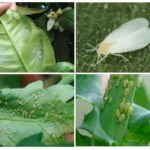
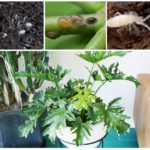


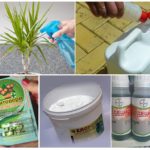
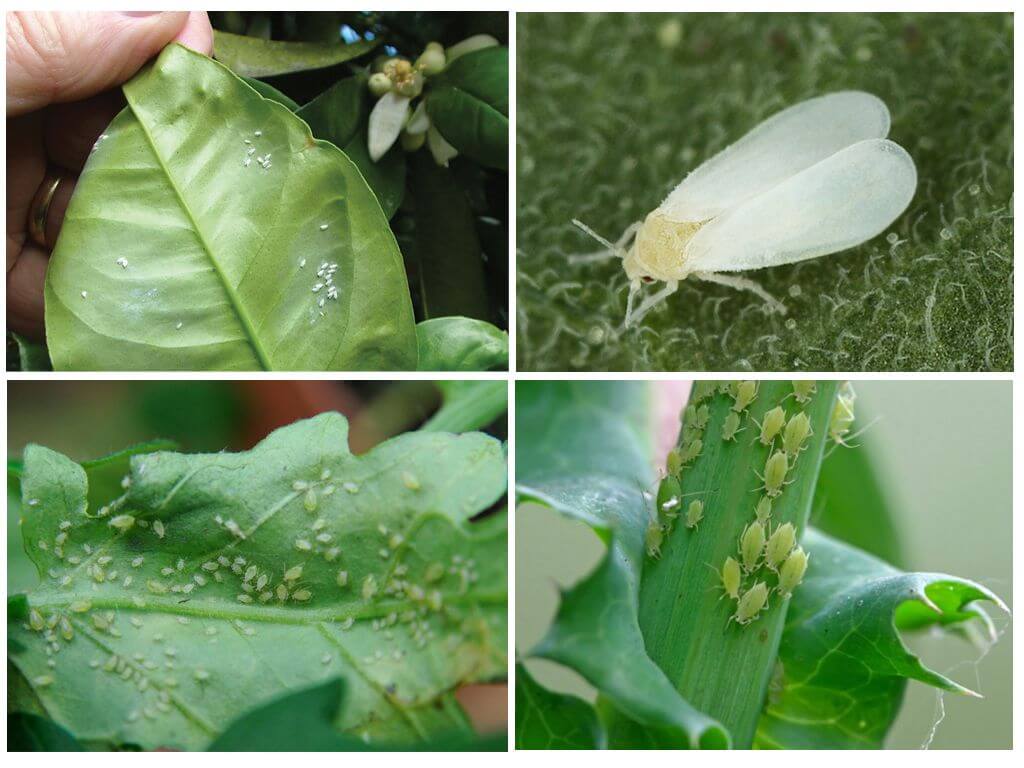
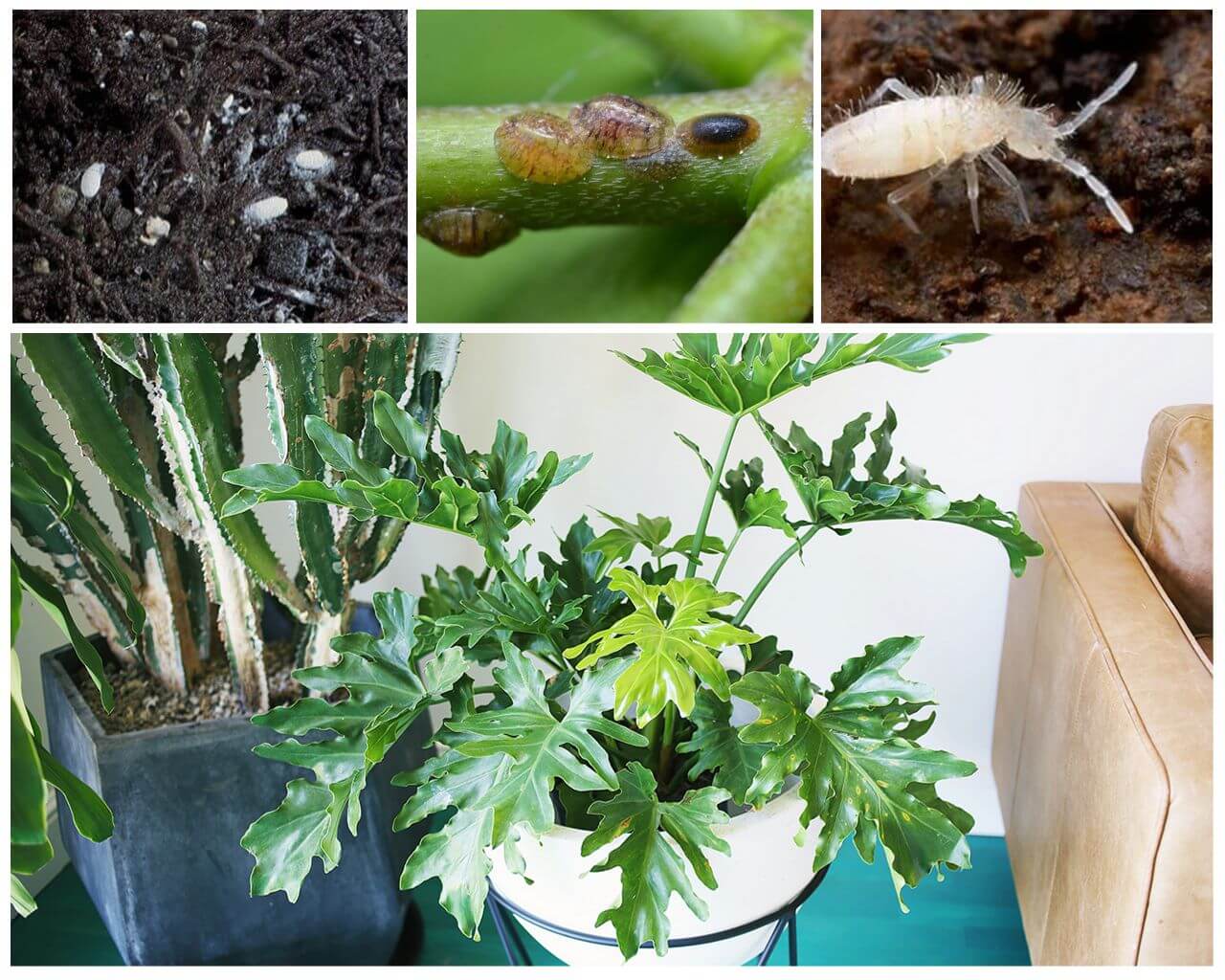
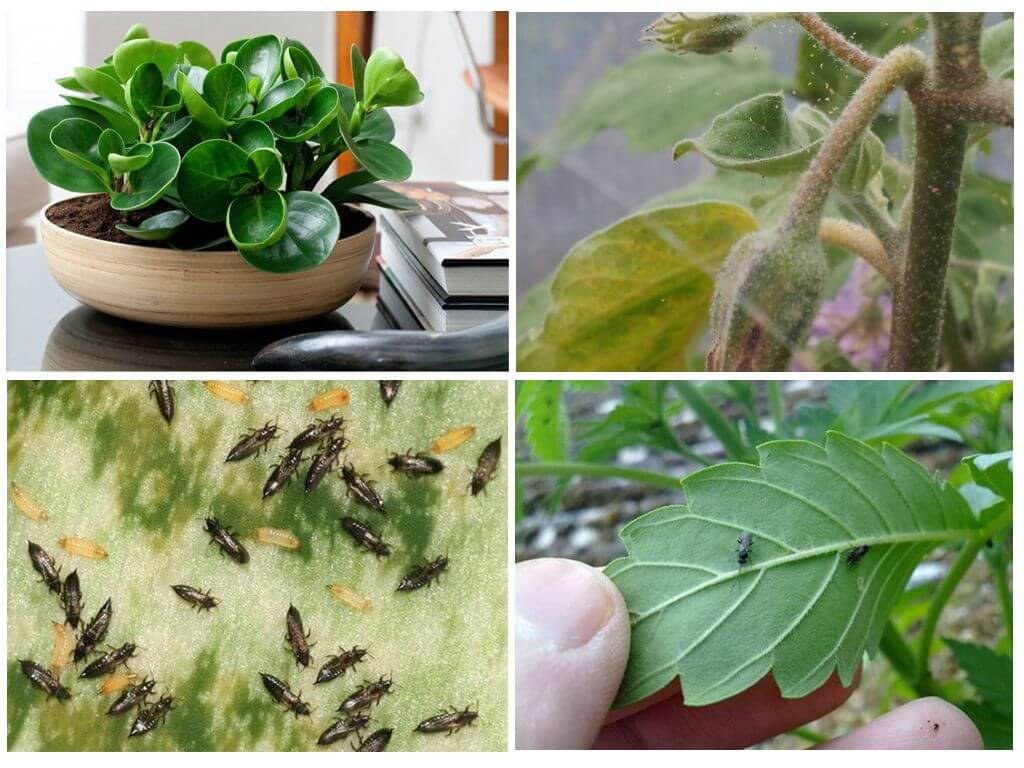
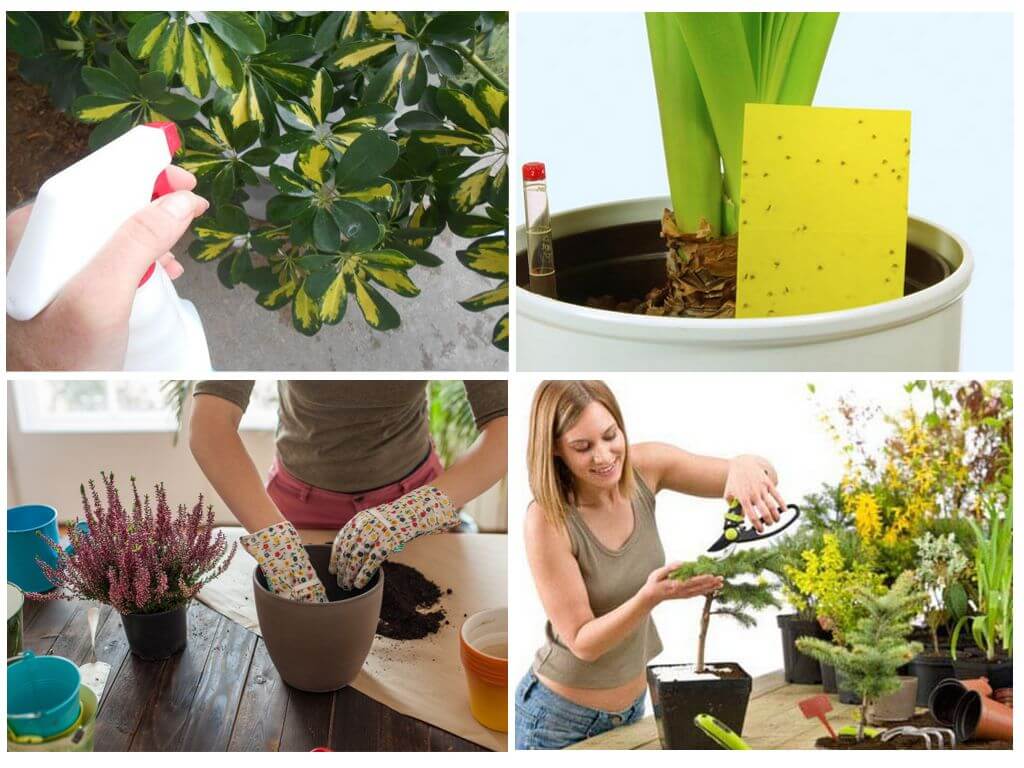


 (votes: 3, Average rating: 4.67 out of 5)
(votes: 3, Average rating: 4.67 out of 5)


